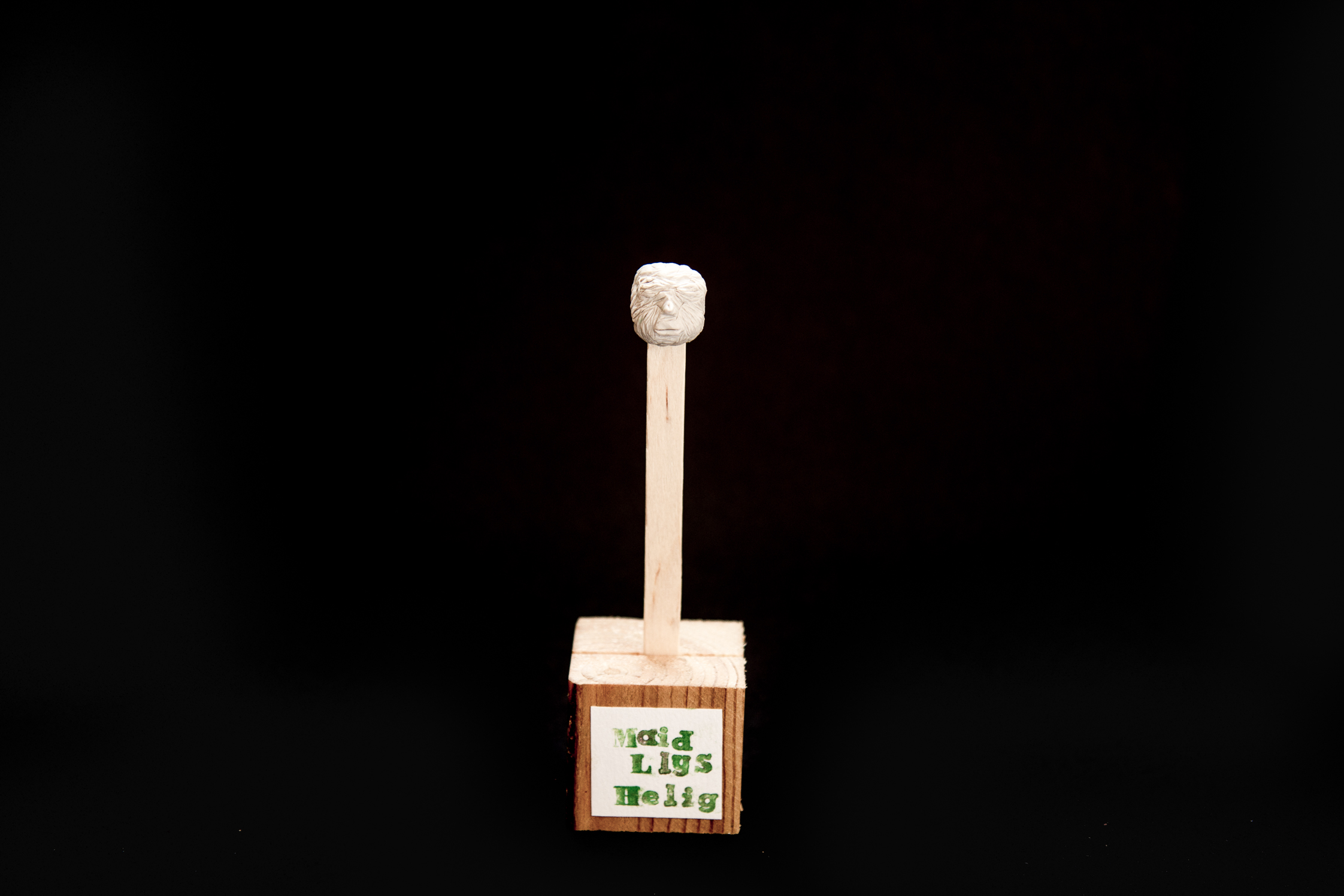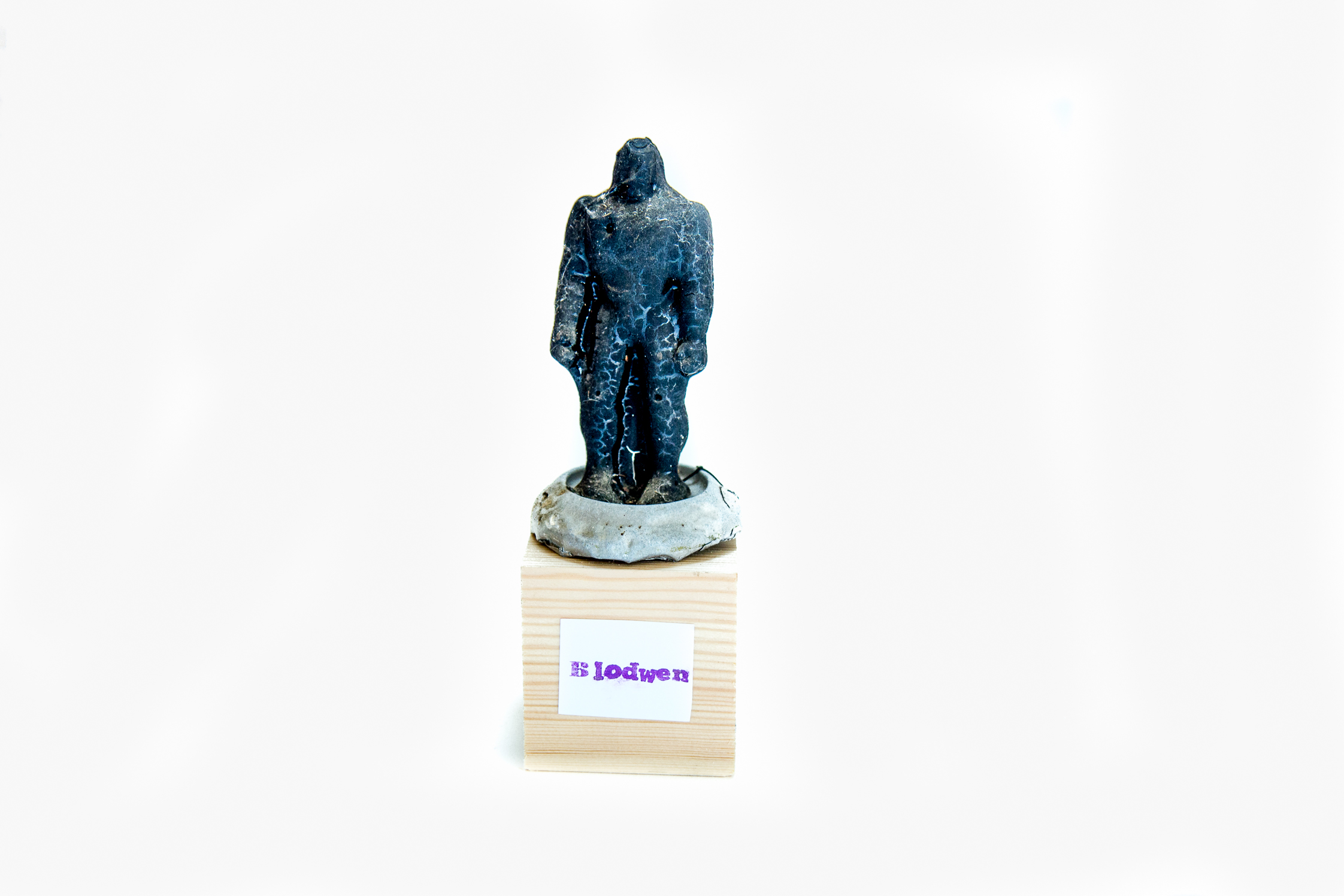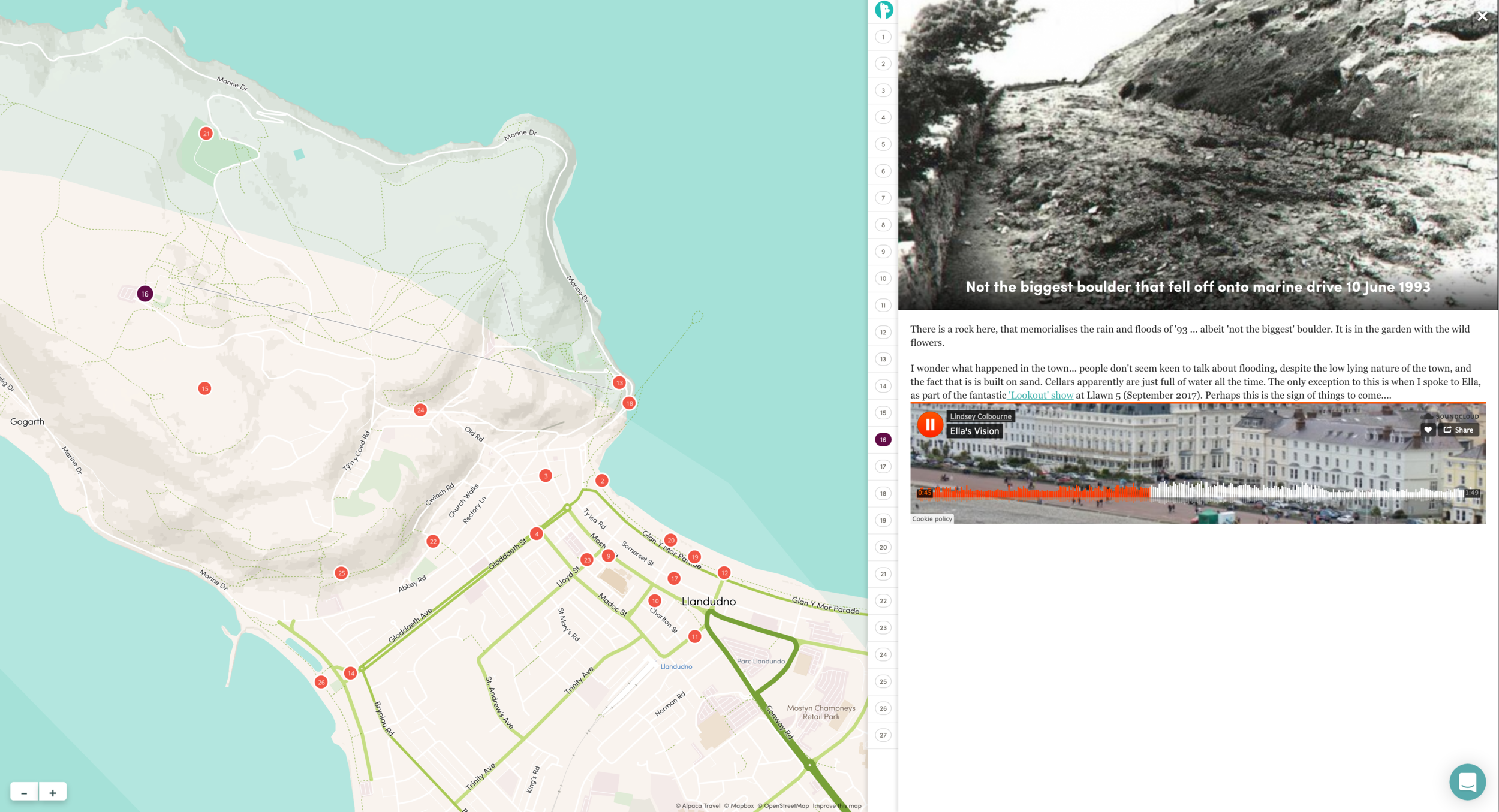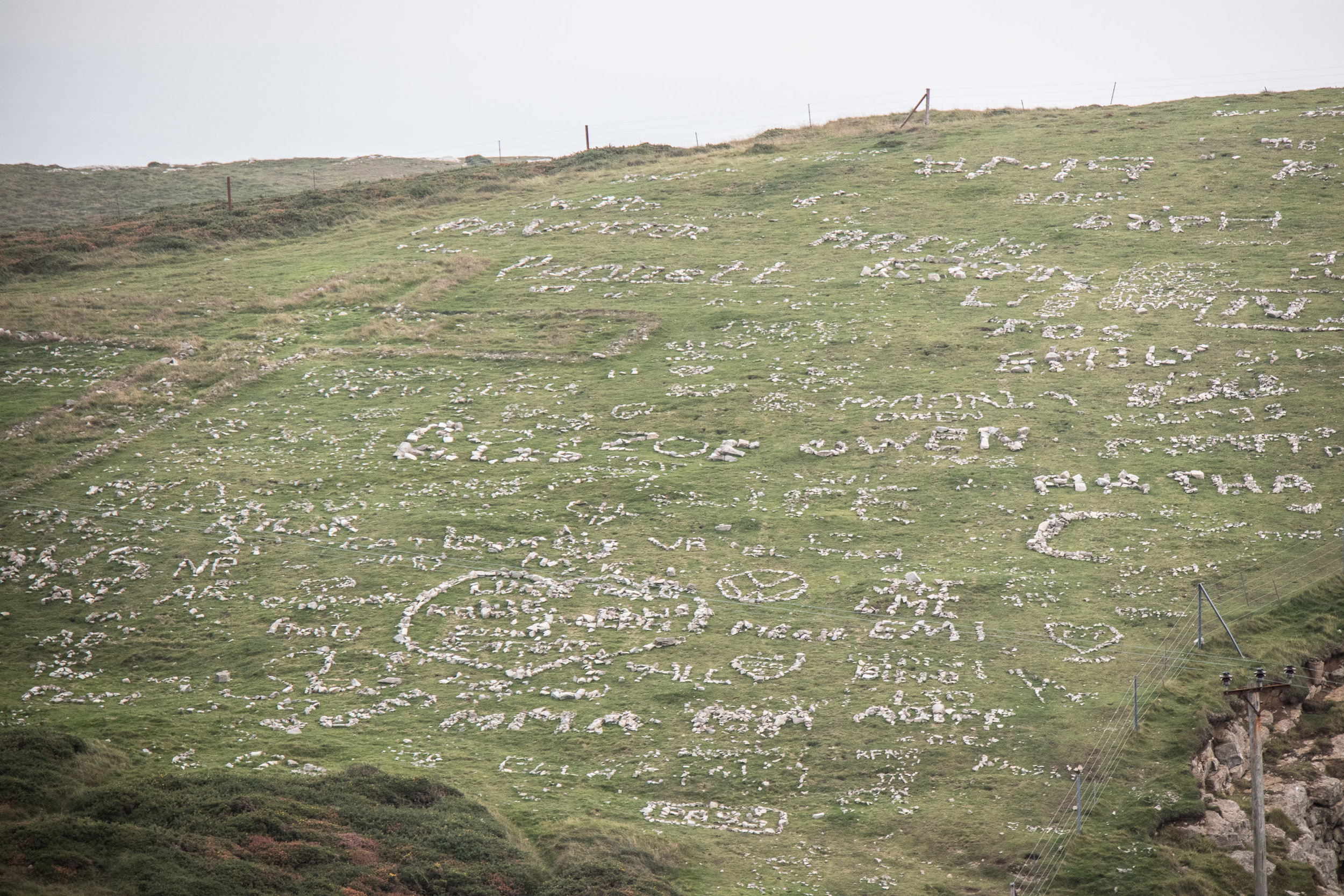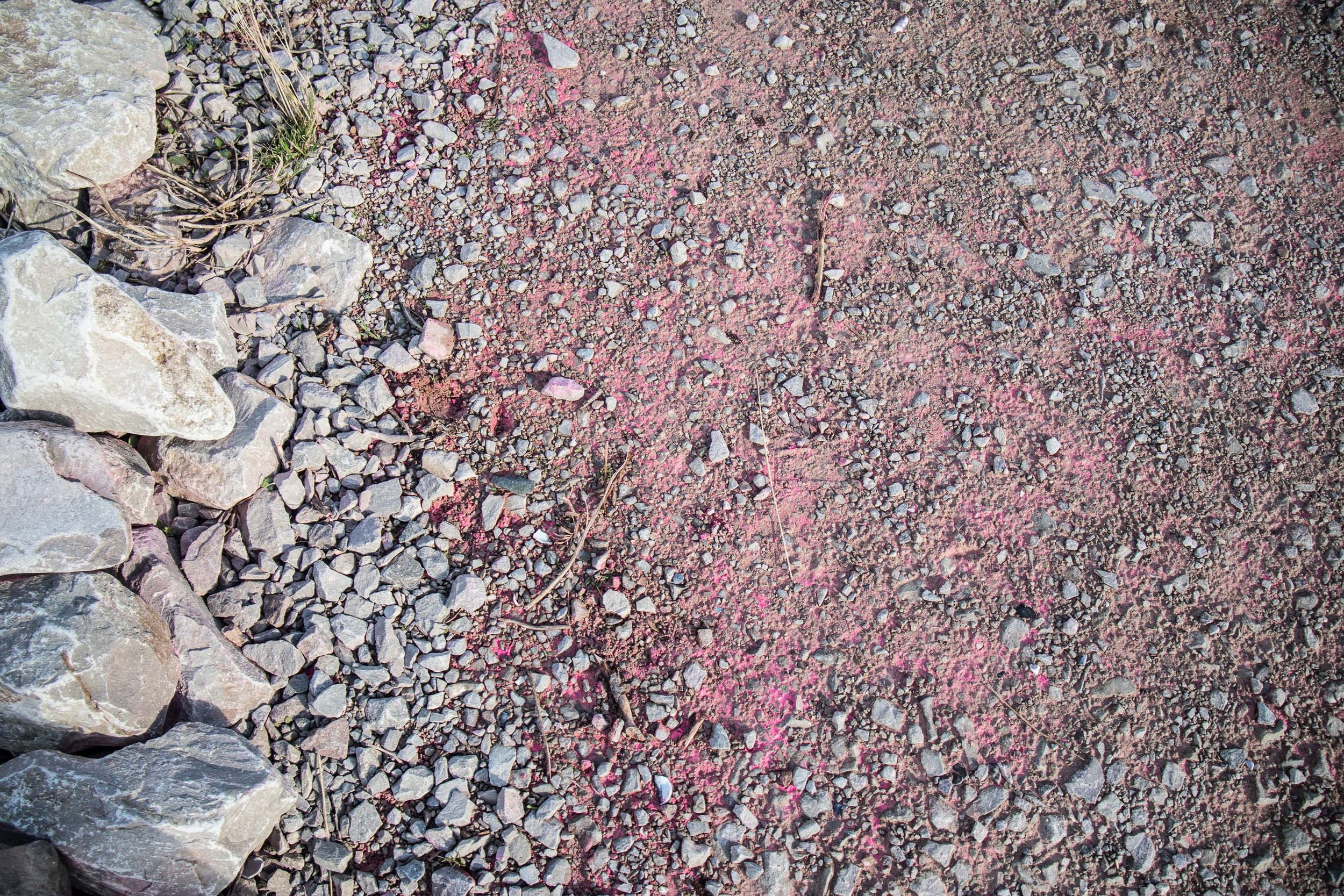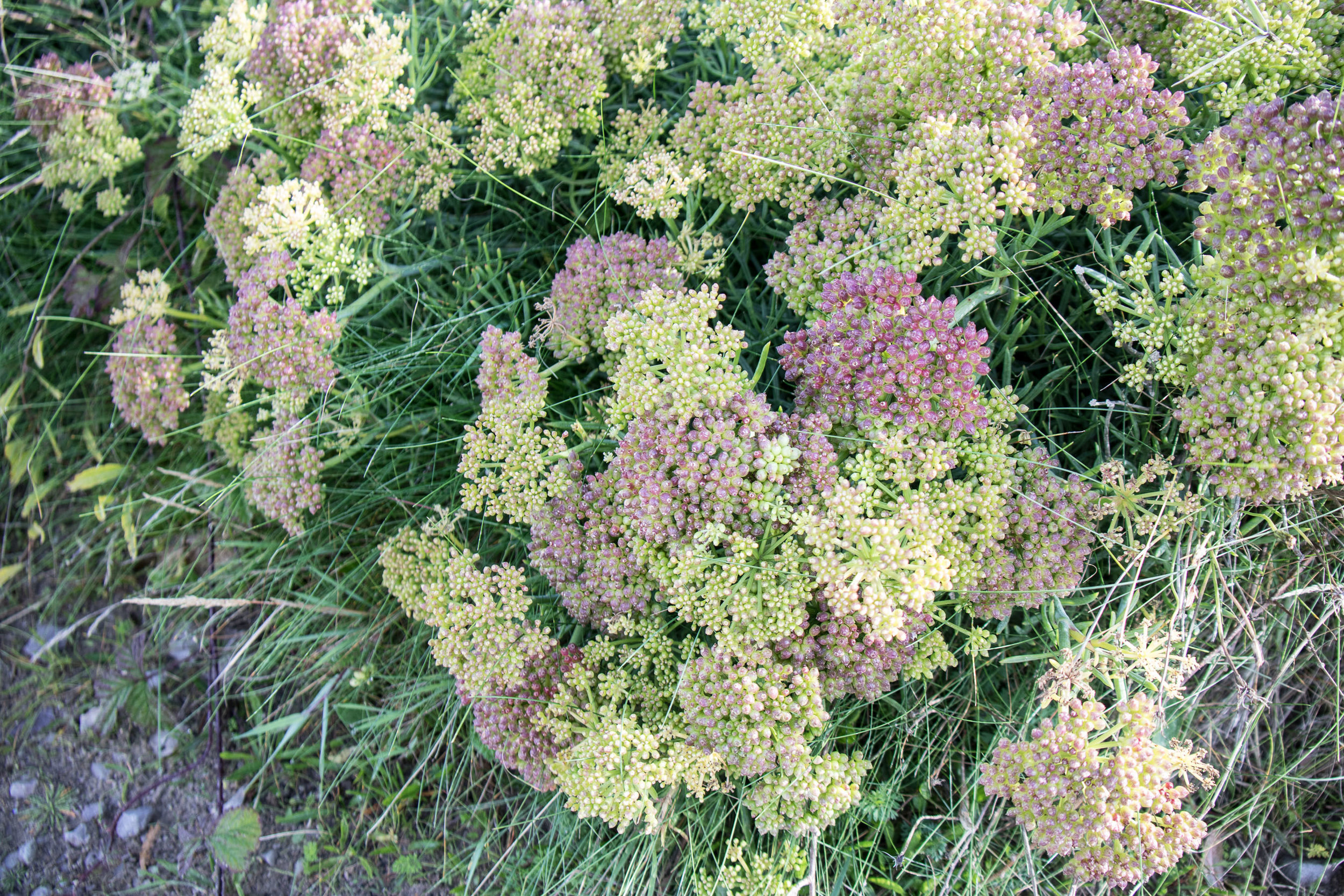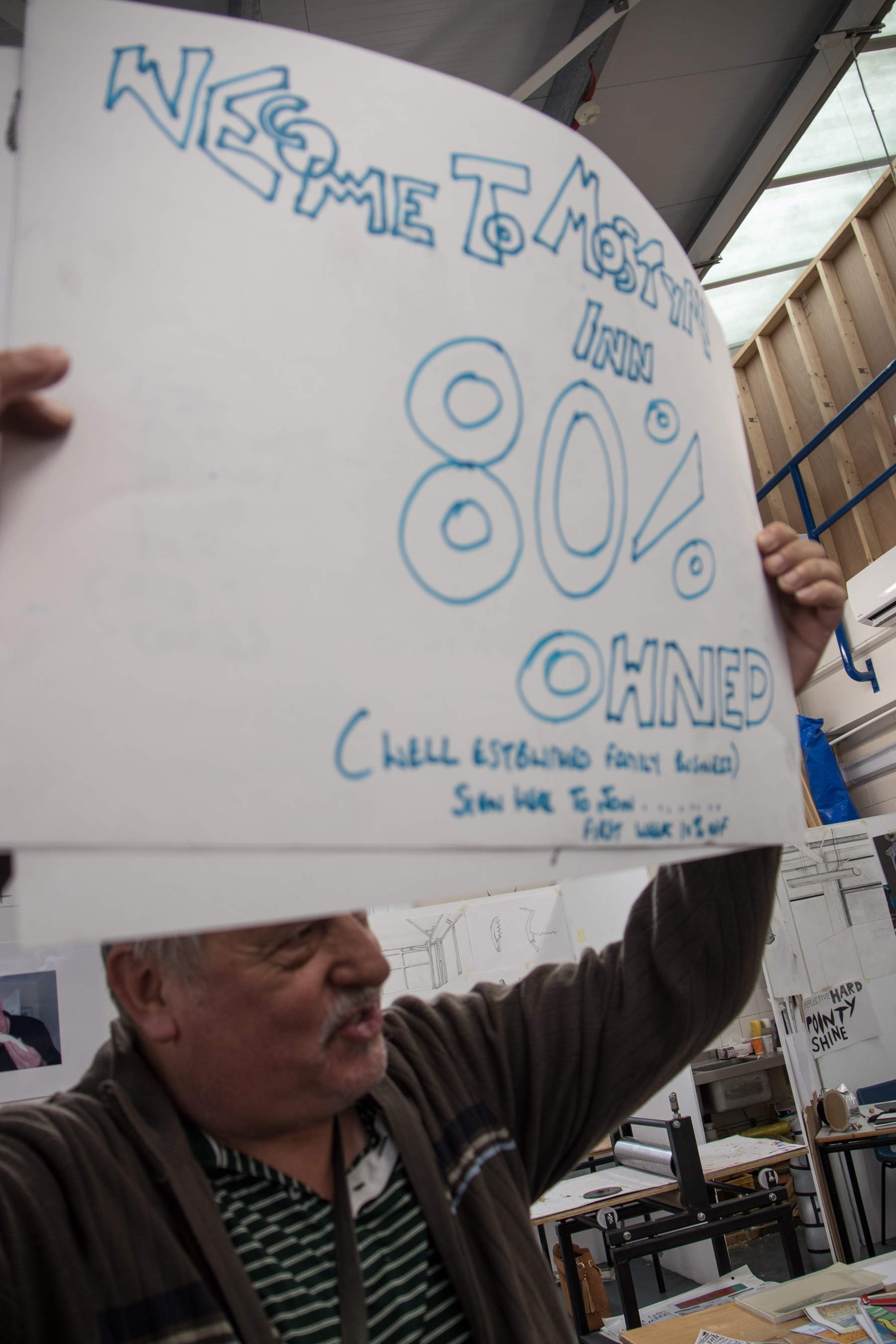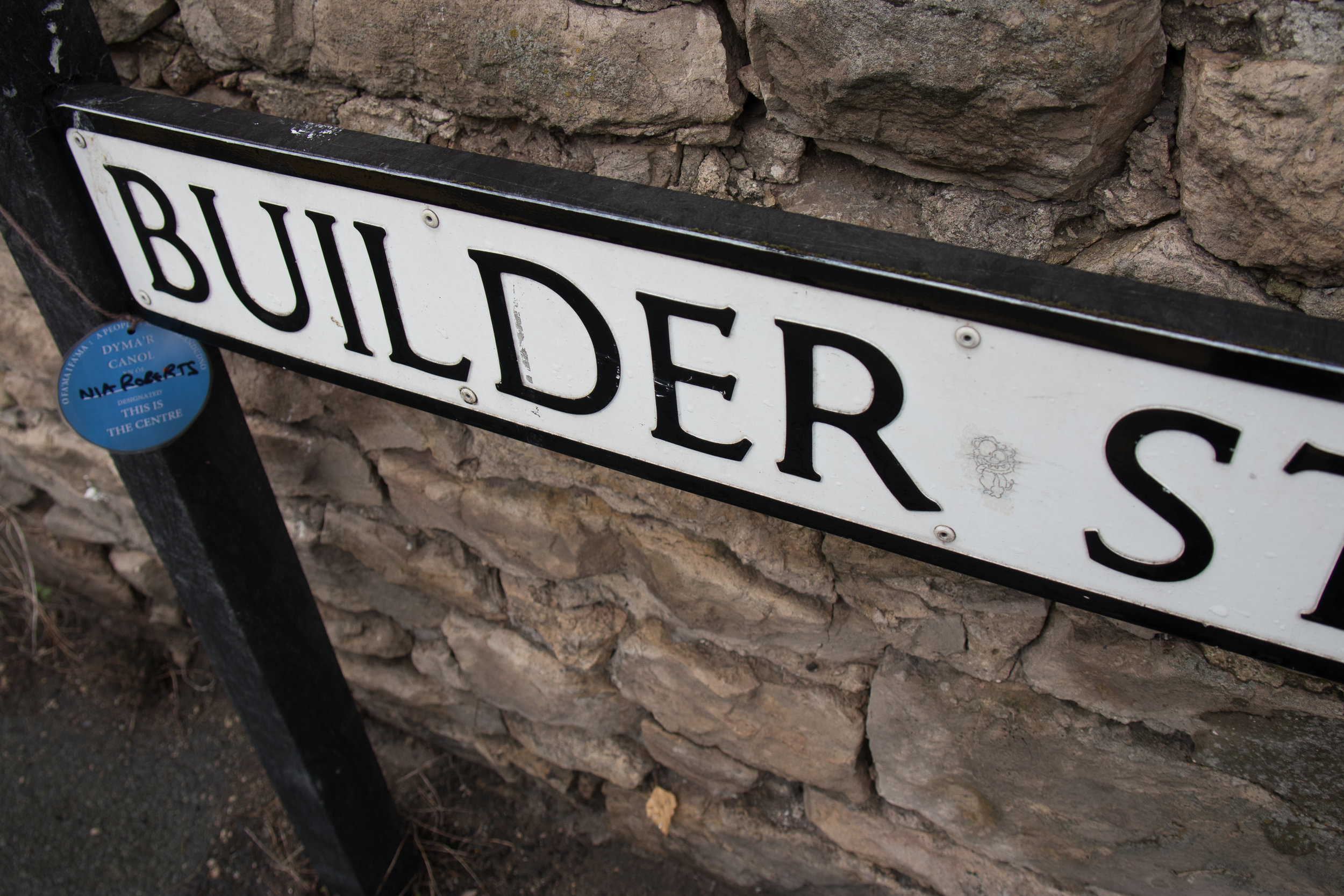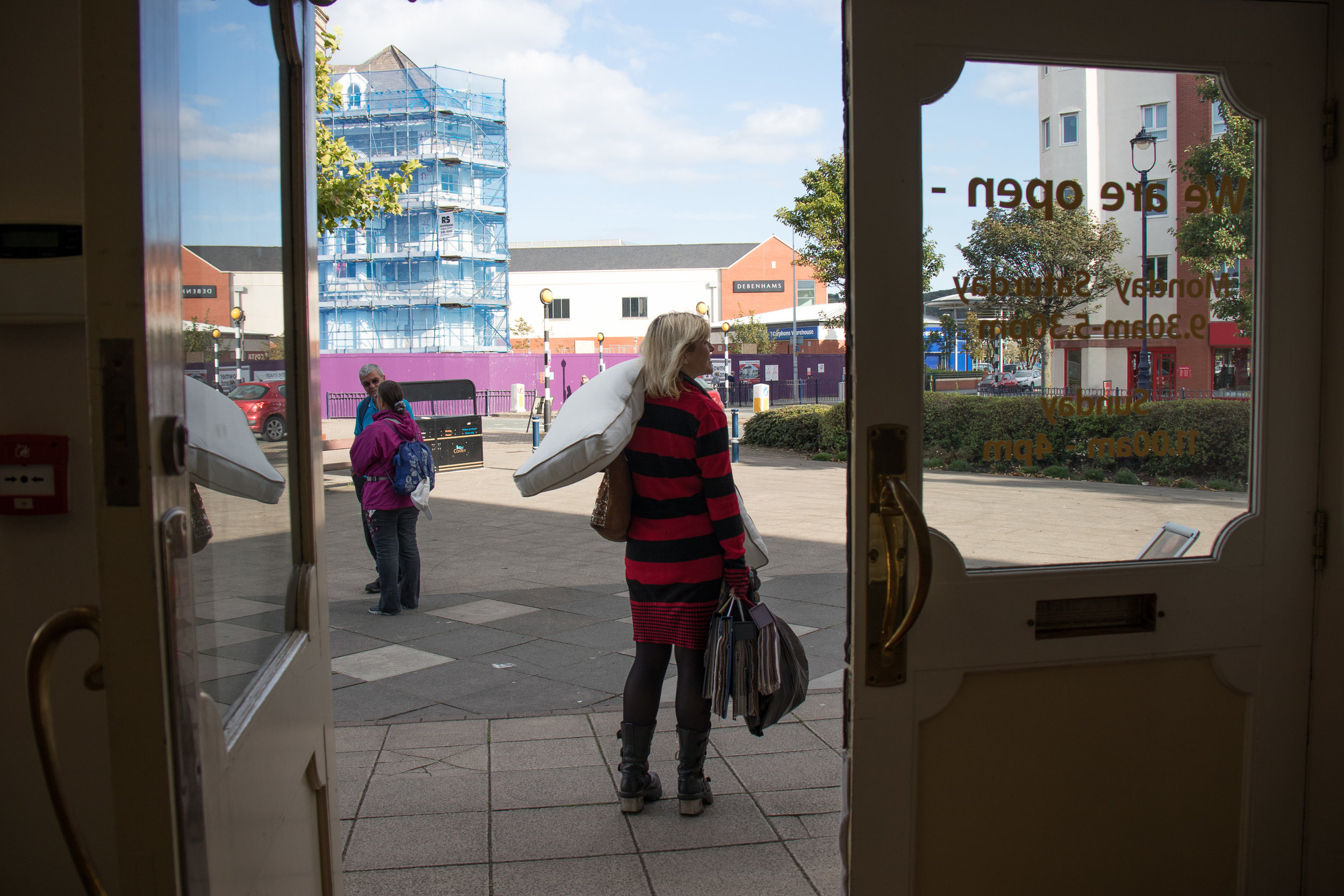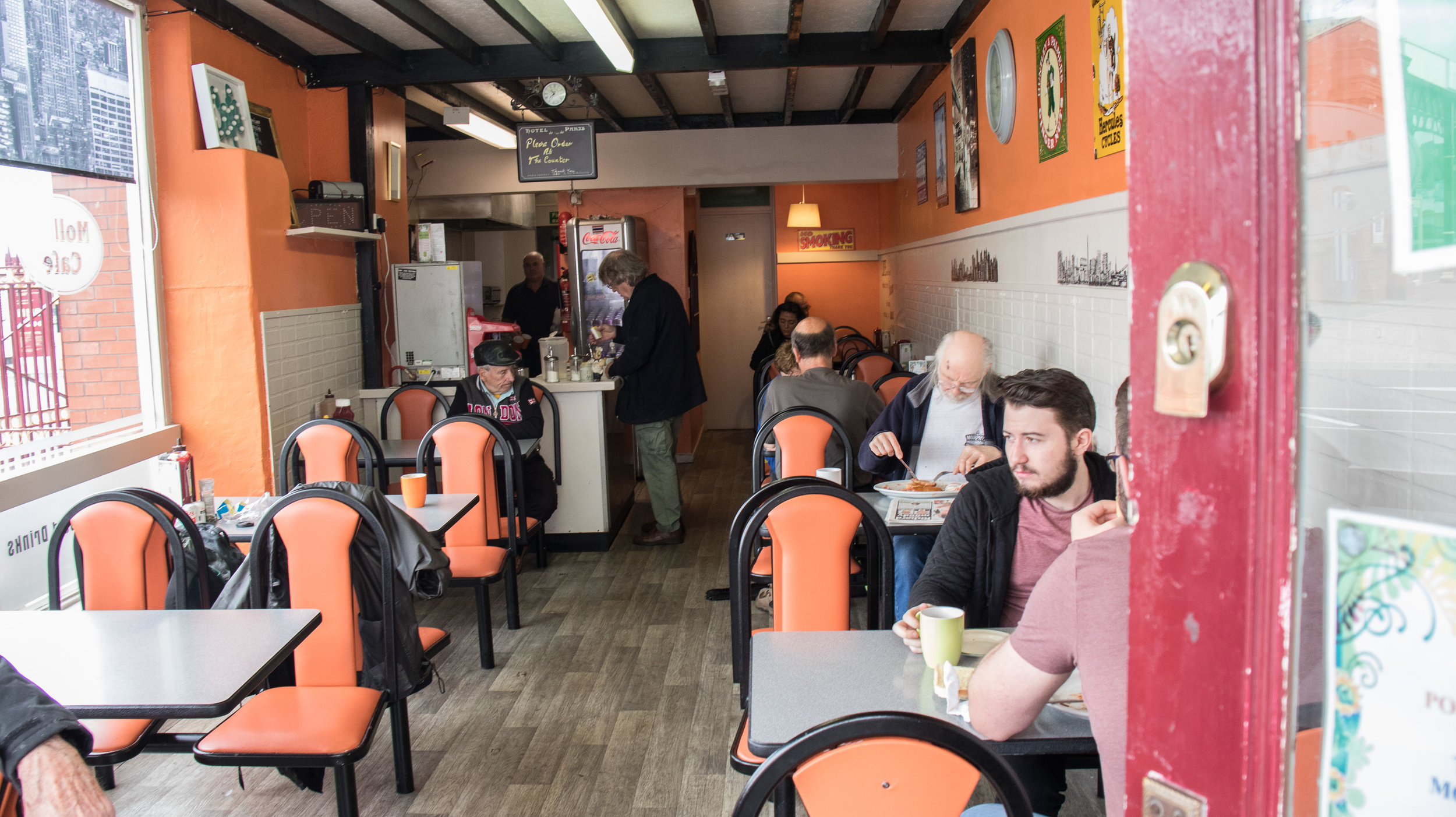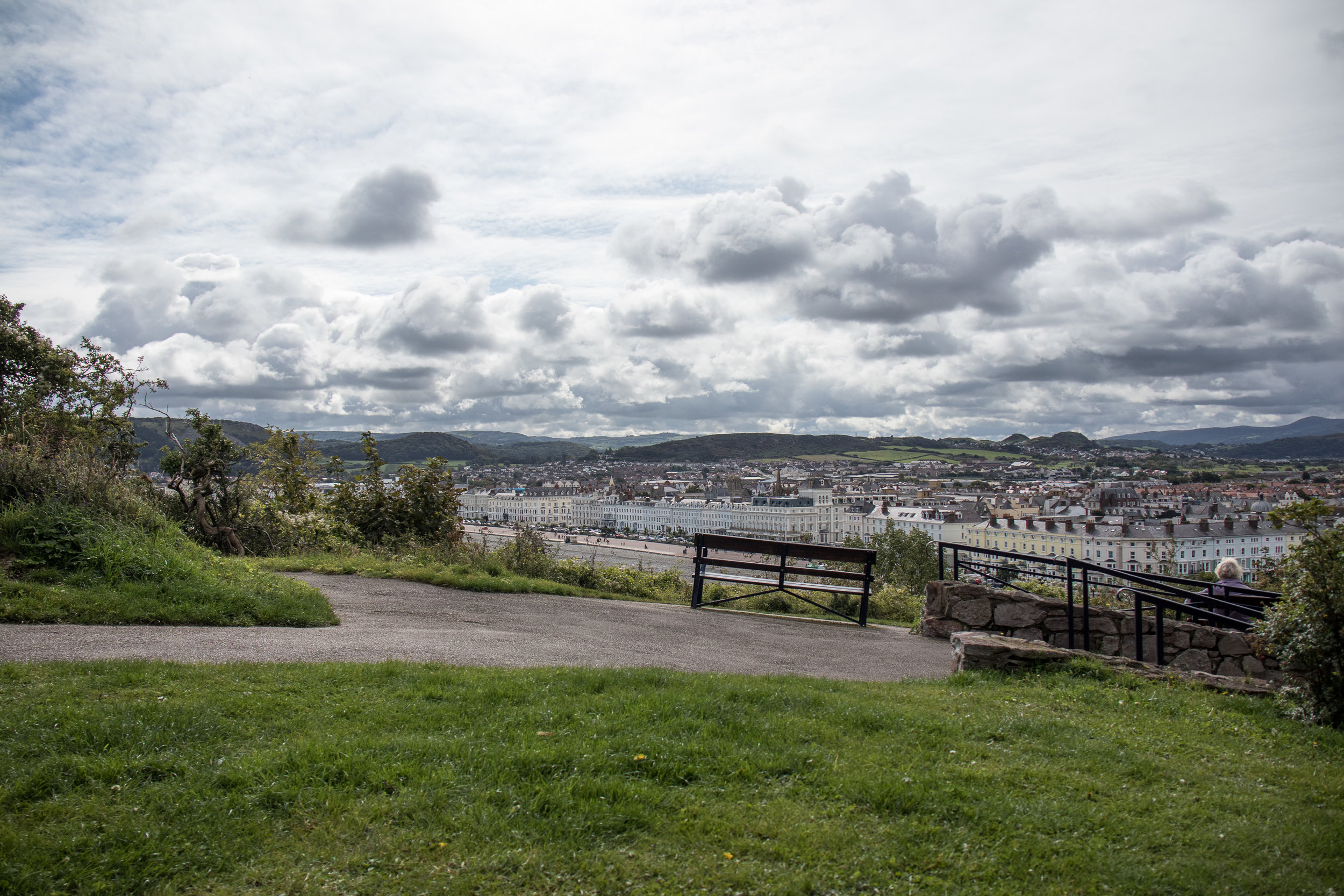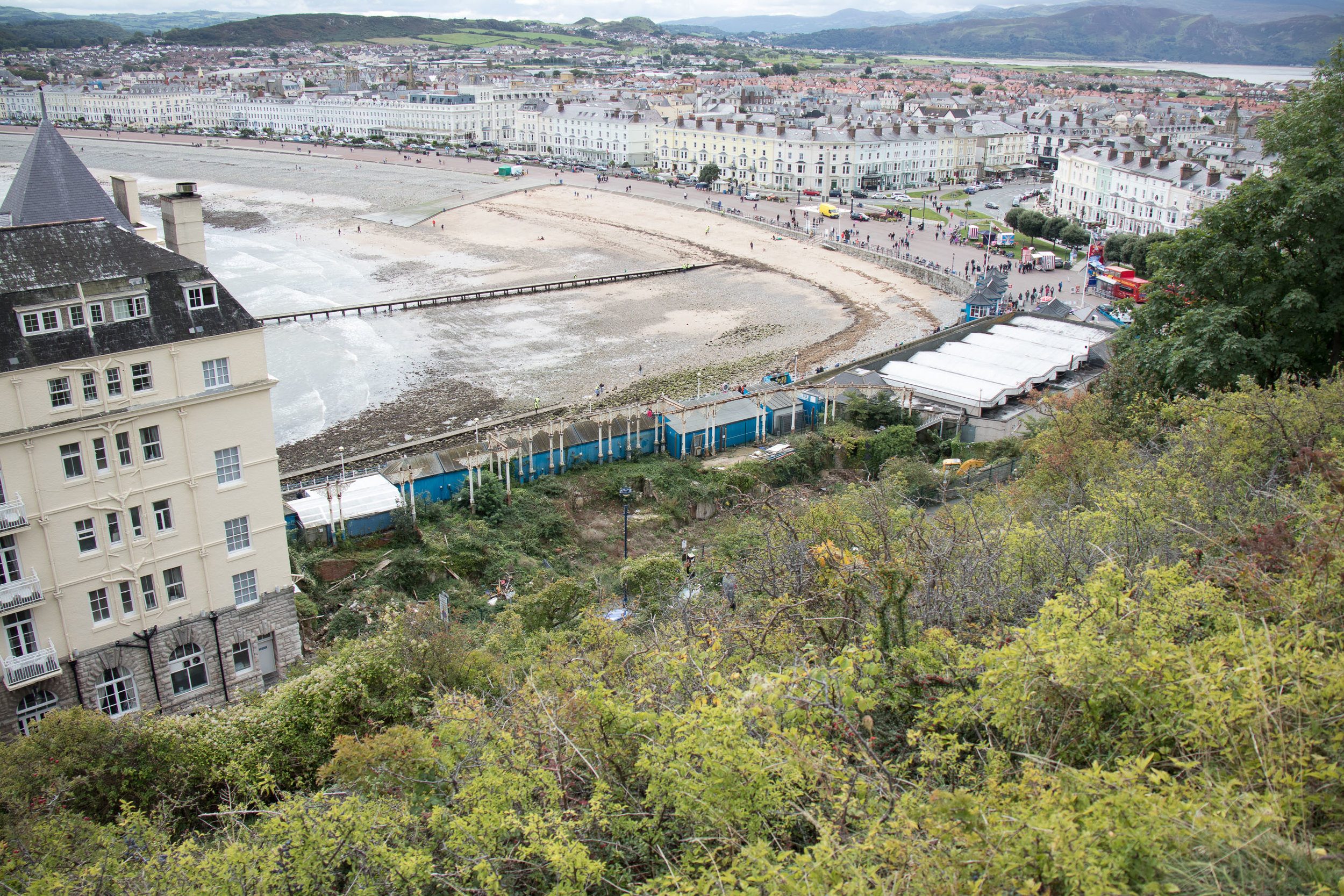I think we’ve just made Llandudno the first town in history to monumentalise it’s women! That’s a big claim, and what we made may have been quite small (mini, in fact), but a first is a first, and we thought we’d celebrate with a little blog, to commemorate the occasion.
And to carry on the excitement, the project is going to be shown in a real, proper art gallery. This is a first for me, having some ‘socially engaged’ art move from the streets to a white cube-type environment. We have been selected to be part of the Wrexham Open, involving two galleries - Tÿ Pawb and Undegun that are themselves, socially engaged. Exciting (yes, ok, a bit scary too - do things have to be neat?)!
But I’m getting ahead of myself. First a little story about what has happened.
GRRRLs in the GAREJ
I was invited to be part of the ‘final’ show for Culture Action Llandudno’s Ideas-People-Places project, as part of LLAWN ‘06, Llandudno’s arts weekend 16 - 17th September 2018.
In August, I’d also designed and facilitated an ‘open space’ event to celebrate the project, and build shared leadership of the legacy. Excitingly it seemed the time was ripe, in time to feed into the councils’ cultural strategy, and many other individuals and organisations took the lead on making sure that Llandudno stays on the map, creatively and culturally…
… and my part in that was to contribute the story of Hanes Llanddynes…. So for LLAWN, I asked Wanda Zyborska and Lisa Hudson to join me, and together we created GRRRLS in the GAREJ.
We set up shop in HAUS, bringing together the work we’d done in Llandudno with various other collaborations that we are involved in, including The Stanley Reveiling Project, XSexcentenary and Merched Chwarel.
Over the weekend, we invited people to come and add to and edit the Hanes Llanddynes story of Llandudno from 16,000 years ago to present, told just through the stories of women. We also got input from “You Know You Are From Llandudno if…” facebook page, from those who couldn’t make it.
We invited everyone who came - around 200 people in all - to make some mini-monuments. We talked about memorialising and monuments, questioned ‘heritage’ and the status of history, shared stories, and drank tea and ate cake and biscuits… and then we went on procession….
The Mini Merched Monument Placing Procession
The highlight of the weekend was our procession. We had an impromptu police escort (many thanks to PCSO Mike Smith who had just dropped by to see what was happening!), and we each chose one (or two) of the 40 monuments that had been made, to take and place somewhere in town.
The video (which has had over 1,000 plays on facebook!) is a good way to get a feel for it….
New stories
Here are some of the new stories and women that were suggested, together with some pictures of the Mini-Merched Monuments that were made.
I’ve added some ‘category’ headings, just to break it up a bit. We have no idea how many people came, but probably something like 200, with several people coming back on the Sunday, including lovely Valerie May, who cancelled her Sunday plans to come back and spend all day with us, making a Dion Fortune monument and adding lots of information to the various stories.
WOMEN OF THE TIMES
Nancy McMillan (Hough) (known as Annie)
Born in Beaumaris, spent her childhood living in the childhood museum, moved to Liverpool and was evacuated to Cyf.n.bae outside Wrexham during the war. Went back to Liverpool, holidayed in Llandudno and North Wales.
Mary Anning (1799 – 1847)
Palentologist (fossil finder). She made important fossil finds in Jurassic marine fossil beds in the cliffs along the English Channel at Lyme Regis. We would like to think she came on holiday to Llandudno to look at the fossils on the Gt. Orme.
Elizabeth Howells
Worked as a matron in Holloway Prison during the time of the suffragettes. She moved to Caernarfon prison, where she worked as a matron. On her wedding certificate it states she ‘married in prison’ as at that time matrons and other staff had lodgings in the prison.
Peggy Bleakley
Owned/managed Sumners (a huge bakery on Builder Street, and shop on Mostyn St) for years. It was a magnificent Institution. I worked there as a 15 year old in 1966, delivering bread to hotels. She was a rather formidable character but underneath was a heart of gold. Proposed by Mike Simpkins via Facebook
Vera Thomas
Now 101, lives in Sychnant Parc, Conwy. She worked for the WRVS for many years – right into her 80s.
Jo, Isabella & Florence Castellanos
Lived in Craig-Y-Don. Rolled around Wales in a clapped-out Alpine Sprite Caravan.
Paula Yates, Colwyn Bay
Broadcaster and TV Presenter. Best known for The Tube and Big Breakfast. Partner of Bob Geldof and later Michael Hutchence. Her family lived in Deganwy Castle and then Rowen.
Women of Llandudno Junction Mosque
FIRSTS
Edna Vernon of Vernon’s Motors 1921 – Feb 1960
Co-owner and book keeper of the first car showrooms in North Wales. Owner of the first Daimler. Founder of the first dance troop in Llandudno, “The Gunners”. Danced the Black Swan from Swan Lake in the Palladium and designed and made all the costumes.
[This one even came with a picture - here she is in the back of the Daimler, the first in North Wales!]
Eugenie Nix - Llandudno's first female councillor
Suggested by Adrian Hughes via facebook
Kate Horniblow - Llandudno's first female pharmacist
Suggested by Adrian Hughes via facebook
Gwenda - The first woman to be born in a Volcano
Suggested by Gwion Williams
Gwenllian Emmett and the PQA team
We are the first ever girls in Llandudno to perform in the West End! “Trouble’s a Brewin’”! Yeeeha! We meet at Ysgol John Bright. Our motto is: “Be Yourself, Be Amazing”
INTRIGUE
Gwenllian the First Princess of Wales
Taken at age 2 from Abergwyngregyn to Sempringham. Convent, lived out her life there. Went to France? Had children? Descendents? There’s a monument to her in Sempringham, Lincs. Lot of people from this area paid for it: it’s slate. Gwenllian society and plaque and flowers.
Mary the Mother of Jesus
Was Mary the Mother of Jesus the first Disciple on the Isle of Anglesey? Recent research states that a small village near the Sacred Lakes was the One and Only true First Home of Christianity. Maybe she came to Llandudno?
Myfanwy the Mammoth
Ice-age Mammoth found in site of former bog/swamp (possibly Bog Island). Tens of thousands of years old. Museums in north Wales displayed it (?fossil?). By Anonymous
COMMON EXPERIENCE
To all the women who have died in childbirth
To all the women with imperfections and also my mother who this resembles
CAMPAIGNERS
Carol Marubbi
For her campaigning to save our hospital among many other things she has done for our town. Proposed by Rachel Roberts via facebook
Sally Pidcock
Great Orme Ranger who has dedicated her career to the conservation of the Orme. Nature, goats, archaeology, cotoneaster, cultural eduction.
Theresa Evans
For her tireless effort sending ‘welling boxes’ to our troops abroad to boost moral Founded after the loss of her son Llewelyn on the first day of the Iraq War. And her passion for Ty Hapus Purl Knitters and sending knitted items throughout the world. A Llandudno treasure. Nominated by Gaynor.
Elan Rivers
A town historian and librarian who knows everything about everthing. Organised a trour around Llandudno for the Bacup Historical Society which led to them liking Llandudno so much that they agreed to give her back (after 100 years). The case Blodwen is housed in today was the first crowd-funded exhibition case in the world! Elan also campaigned to save the house where the Australian PM lived on Church Walks forcing the Mostyn Estates to give it to her for £1.
Lady Forester
Opened the now blind veterans home as a convalescent home. Now a home in Much Wenlock Shropshire for elderly residents.
ACHIEVEMENTS (past, present and future)
Lila Pavey (2 1/2): Future Great Woman
Ellie Simmonds
GB Paralympic swimming champioin (restricted growth) (2008/2012/2016). West Midlands UK; Trains in UK/S. Wales/N. Wales. Competed, Llandudno pool.
Megan Hughes
Is one of the best swimmers in Llandudno. I swim as many times as I can a week, and one day I hope to become a famous swimmer.
Add to Eisteddfod card: Beryl Thomas’ great, great uncle designed the Archdruid’s gown!
Add to Dion Fortune: Also wrote occult novels featuring powerful female magicians such as The Sea Priestess. She wa a key figure restoring the Chalice Well in Glastonbury, legendary resting place of the Holy Grail. Could her fascination with WATER arise from your youth in Llandudno?
Bodafon Farm Park & Bird of Prey Centre – Alpacas, birds (women run the place, mostly)
“Rev Bev” Beverley Ramsden, Llandudno
Diolch enfawr!
With many thanks to everyone who came, and especially to those who made monuments, suggested women and who helped document the occasion with photography and film.
Who knows, maybe the exhibition in Wrexham will lead to a similar process to monumentalise the women of Wrexham! And from there, the world….. mmmmmwwwwwhahahaha!










